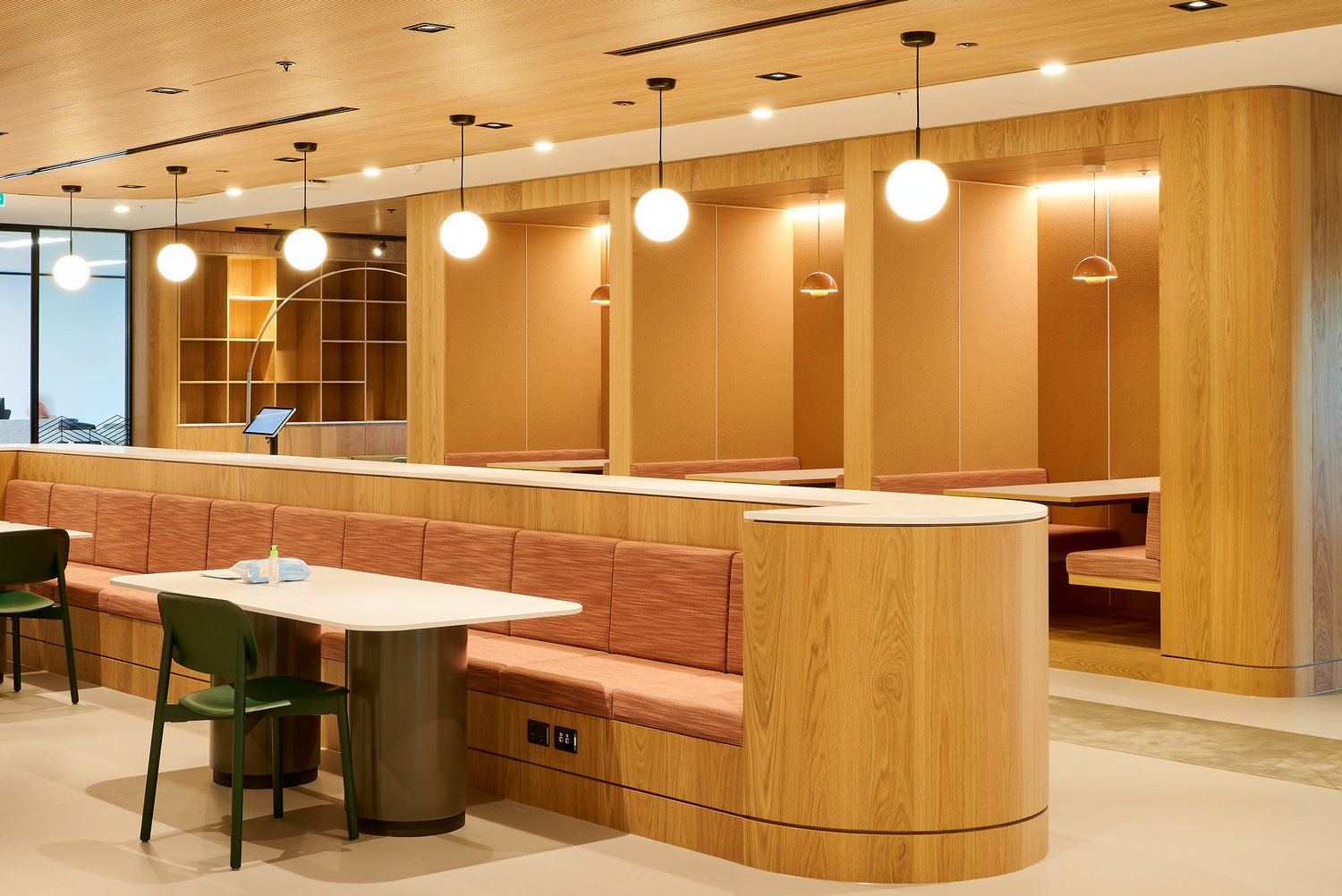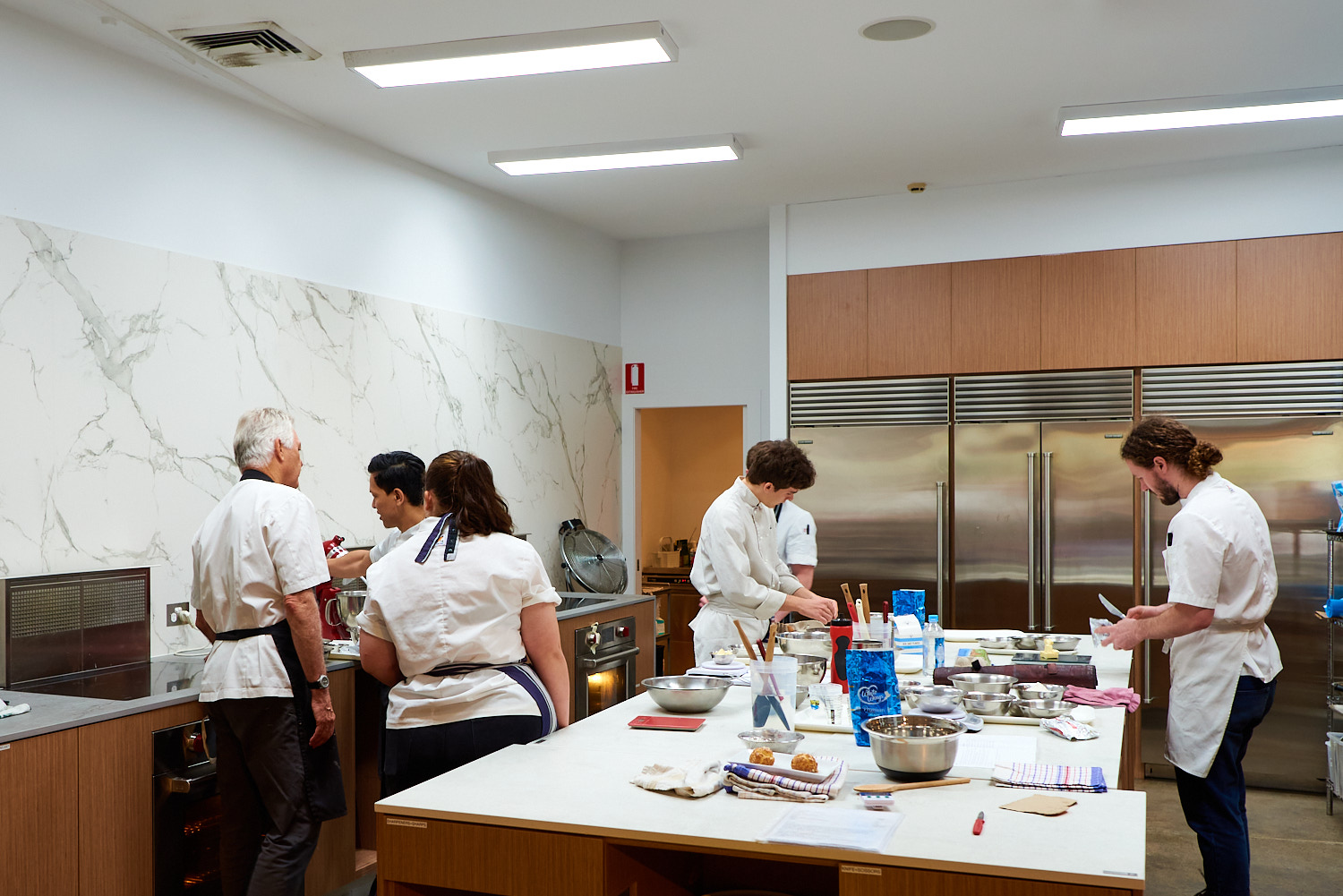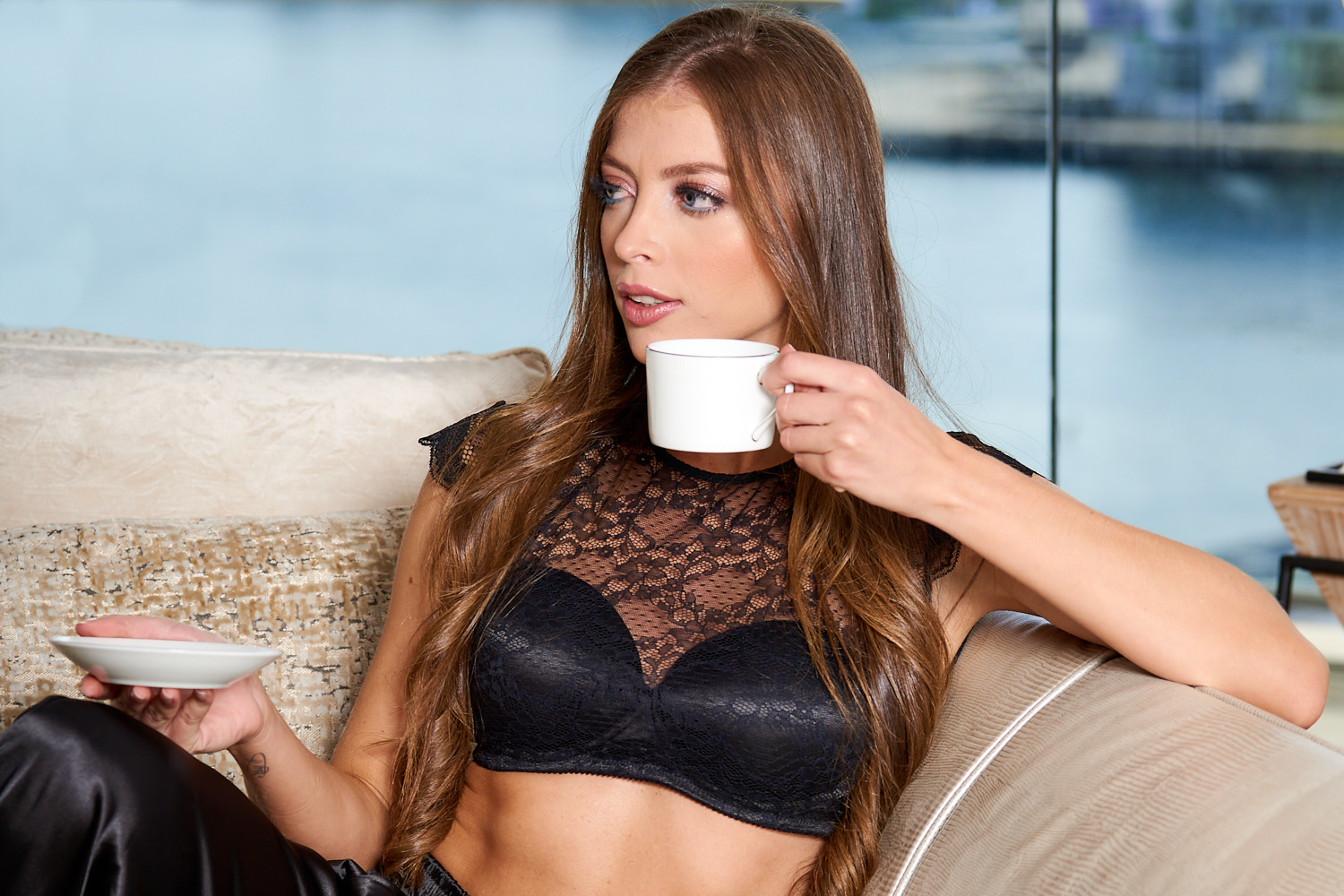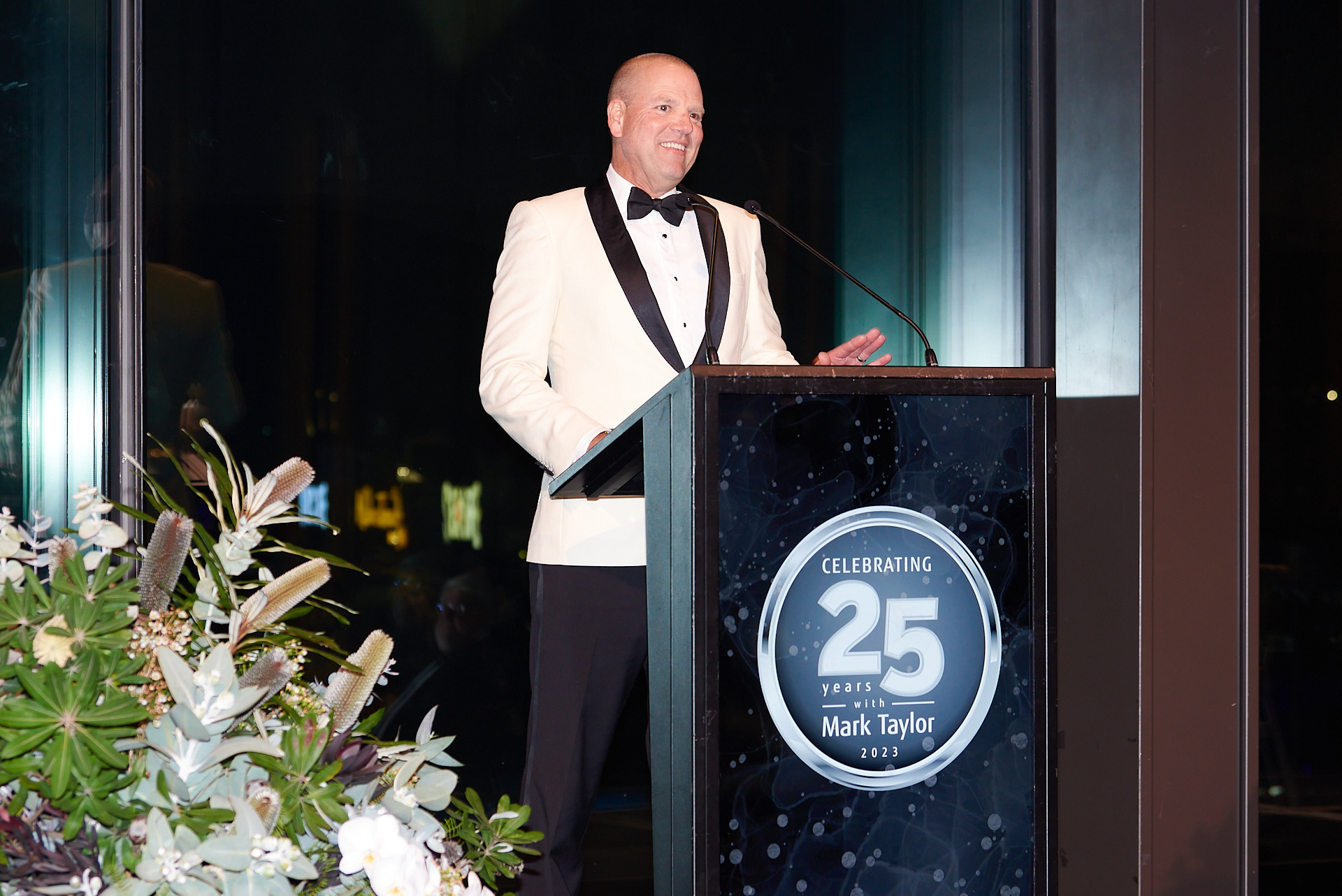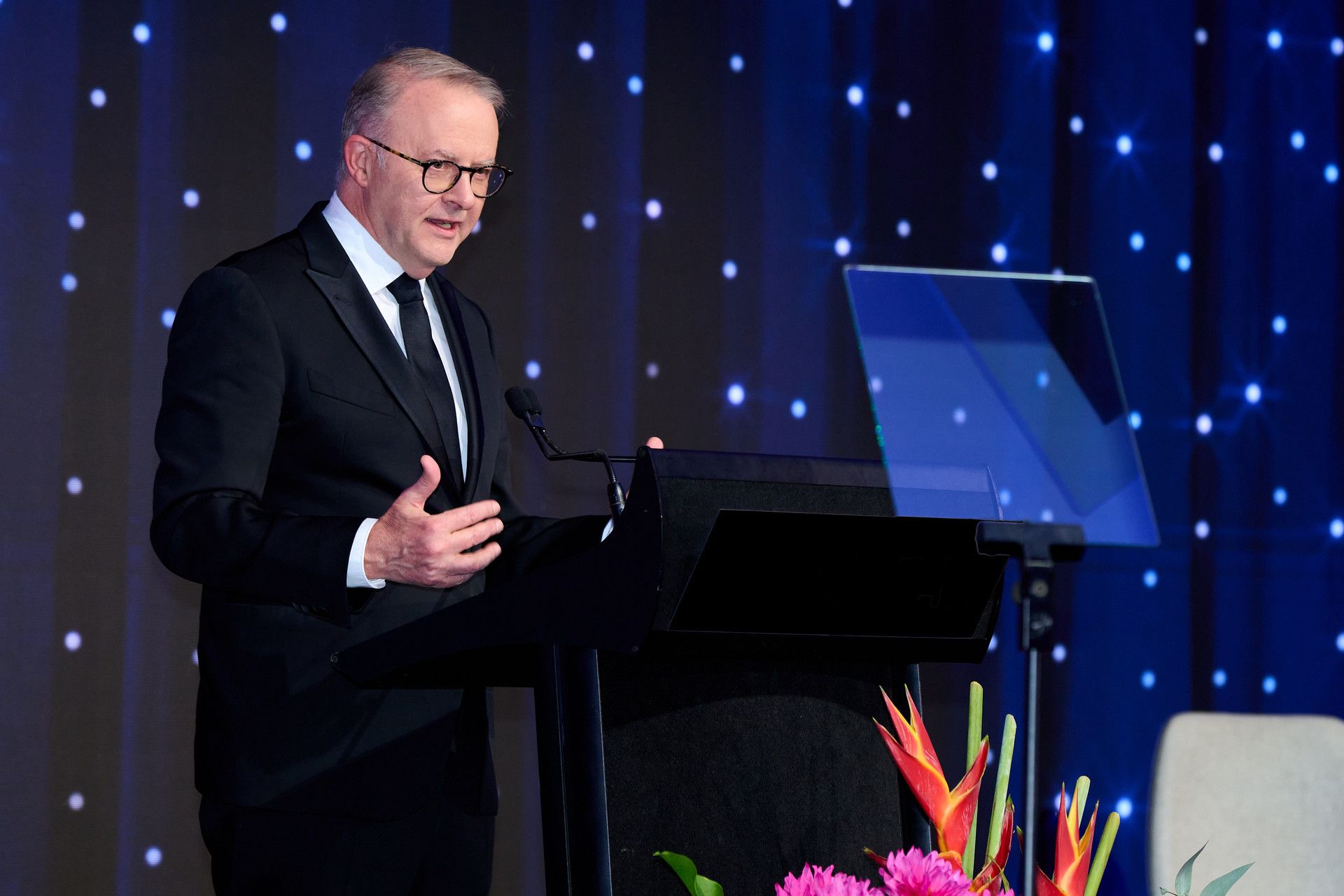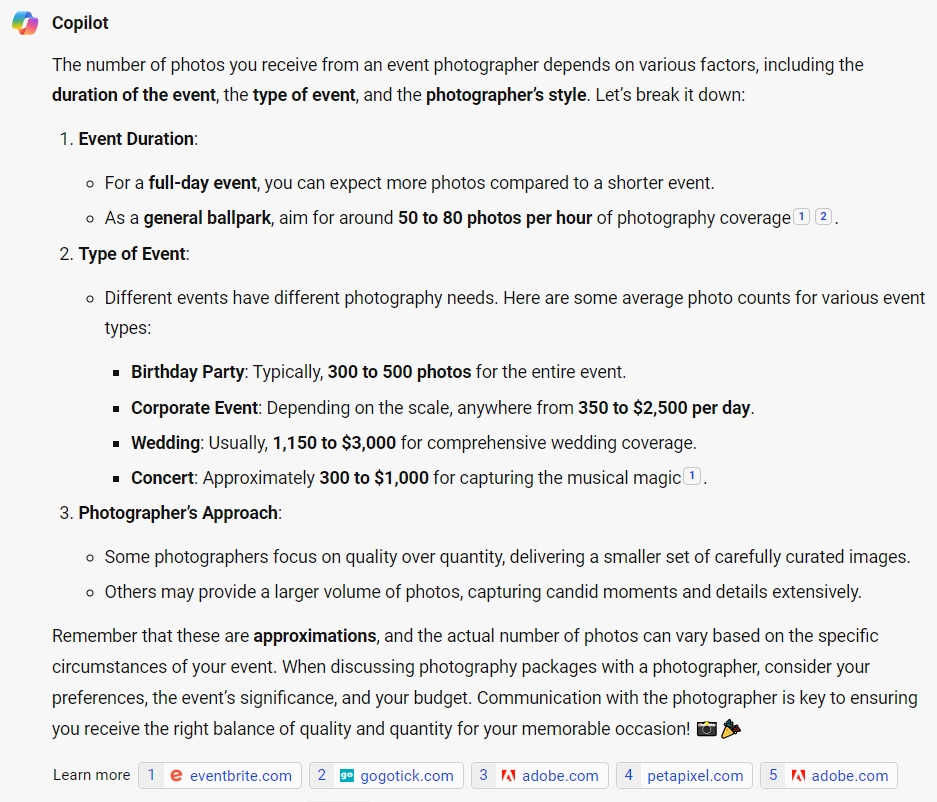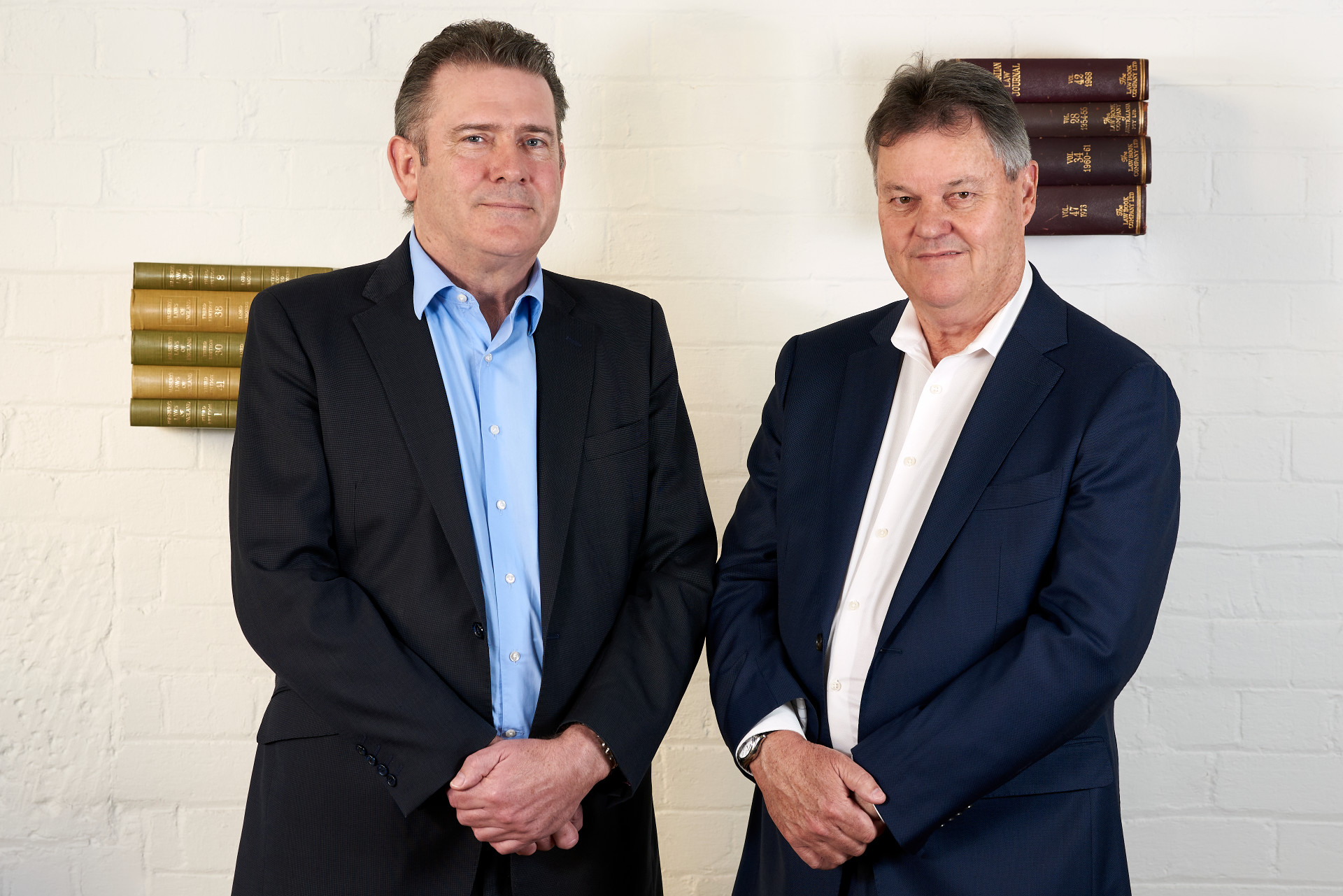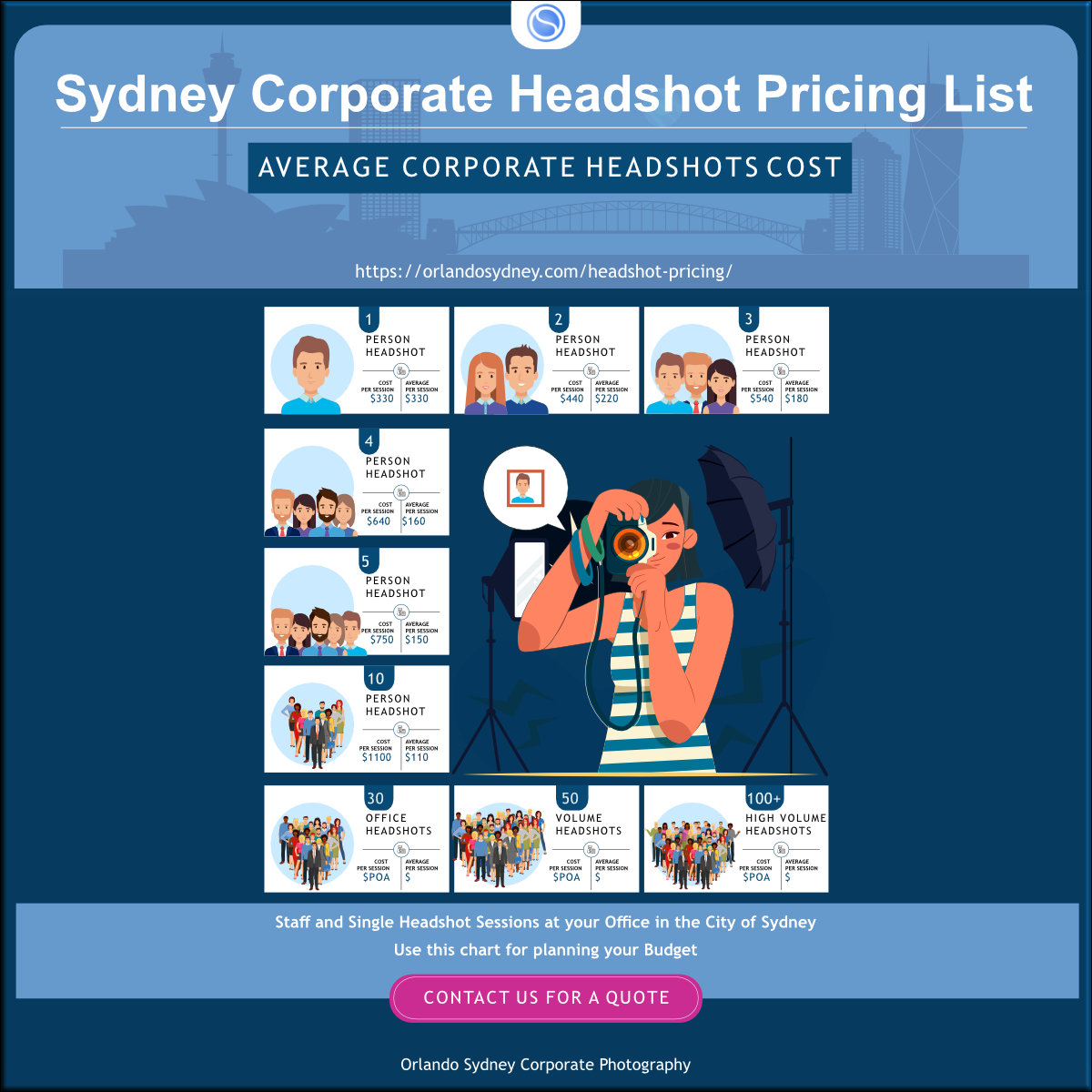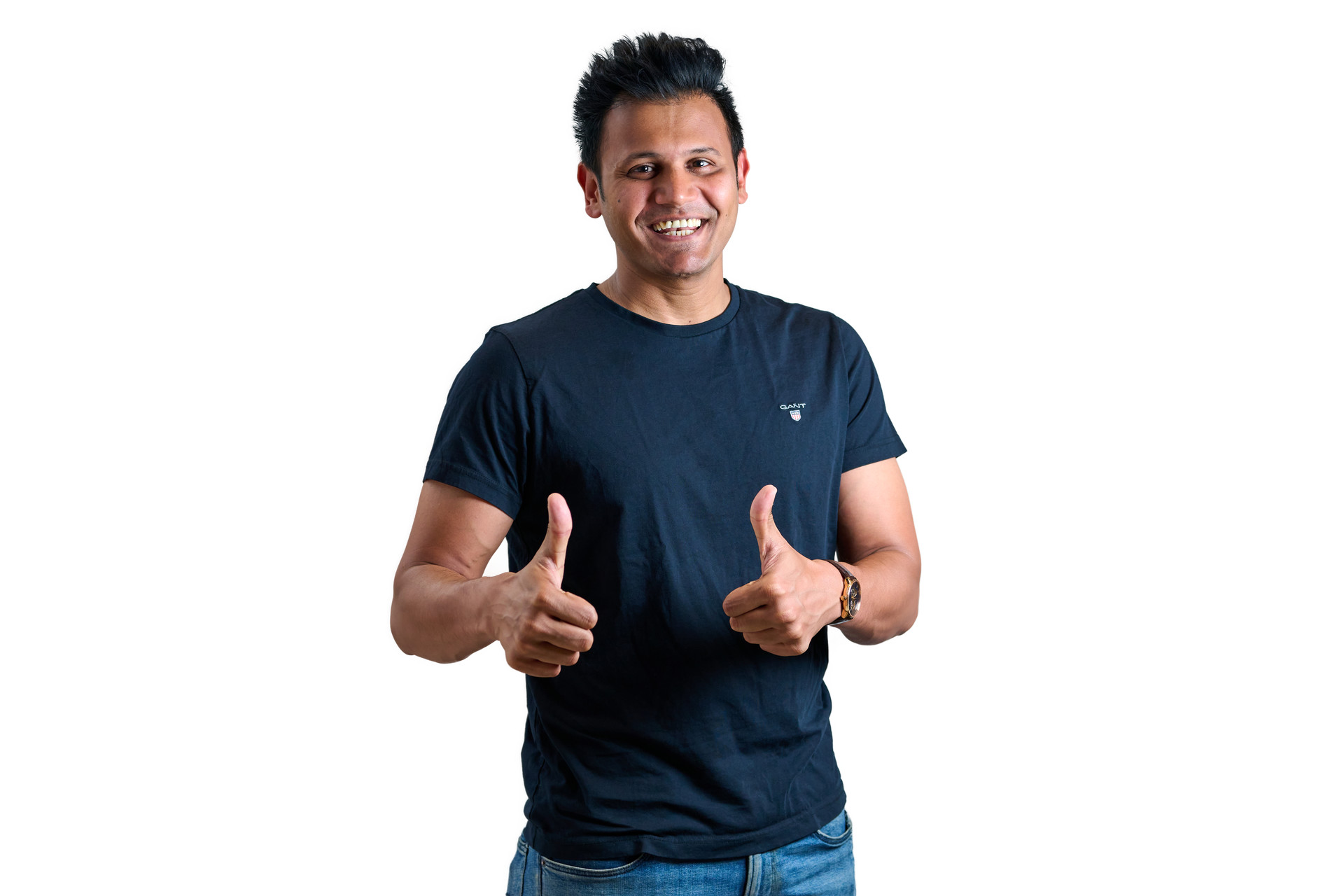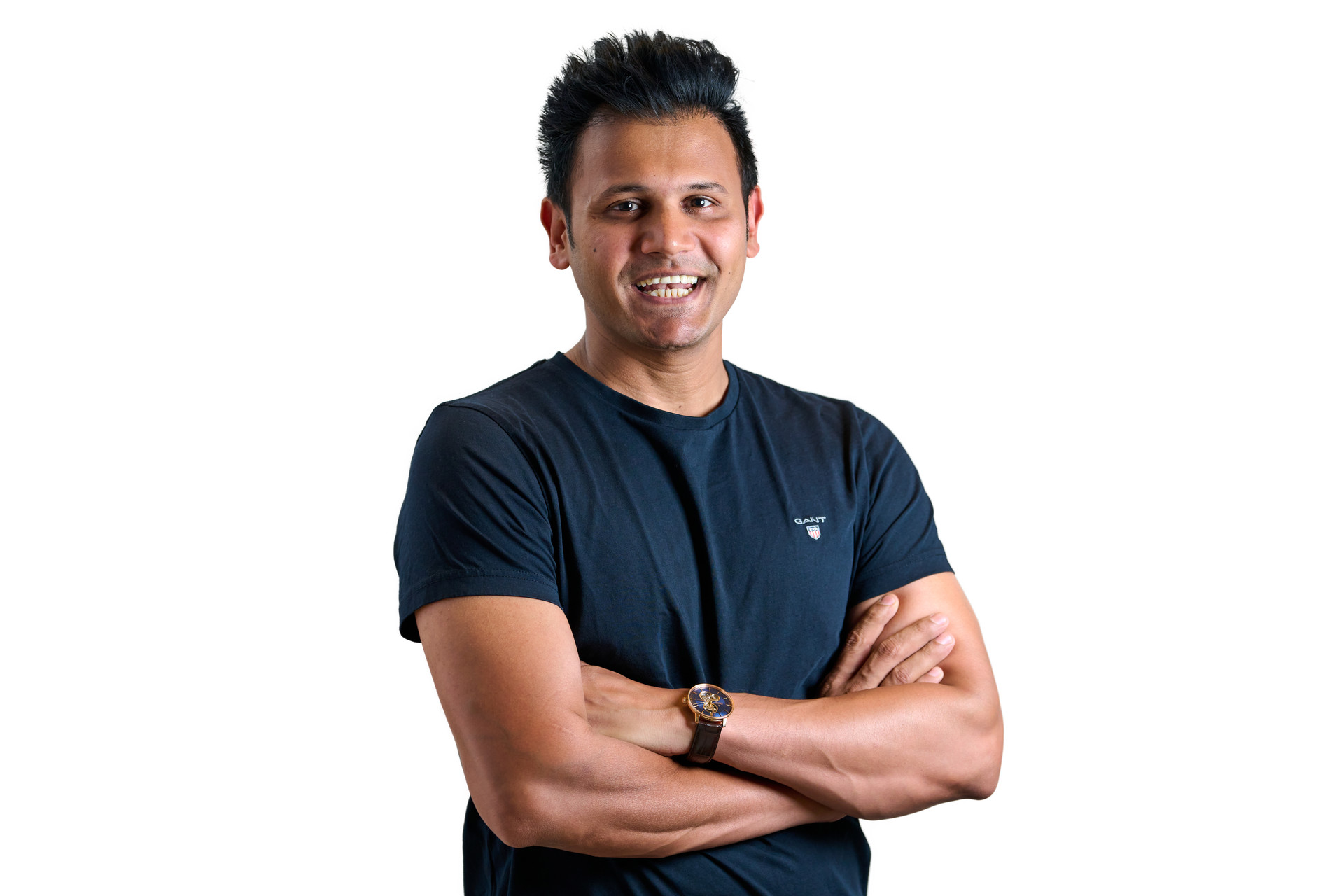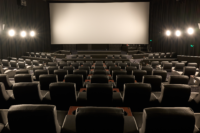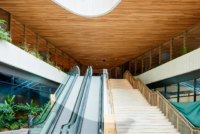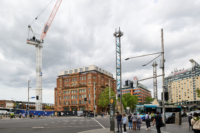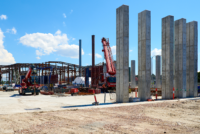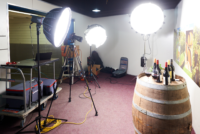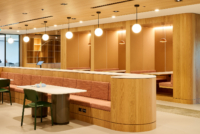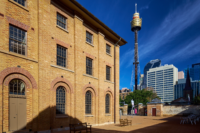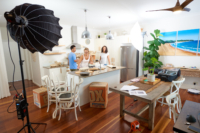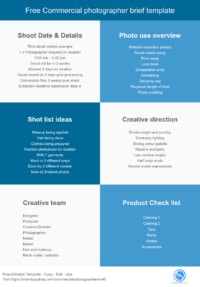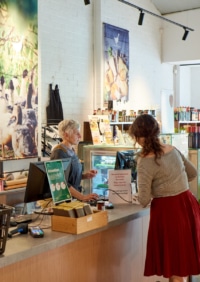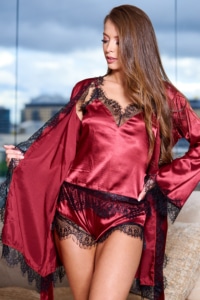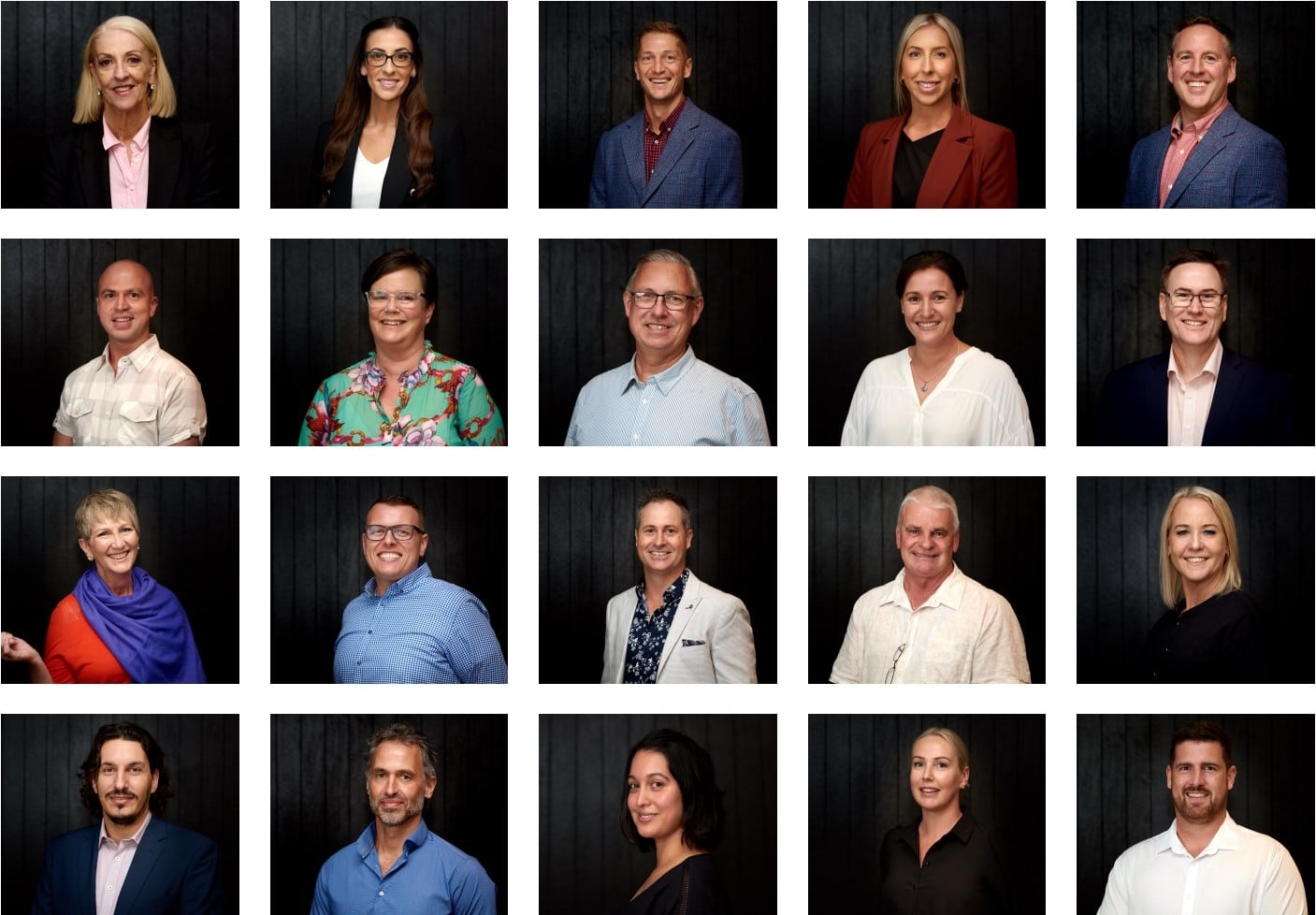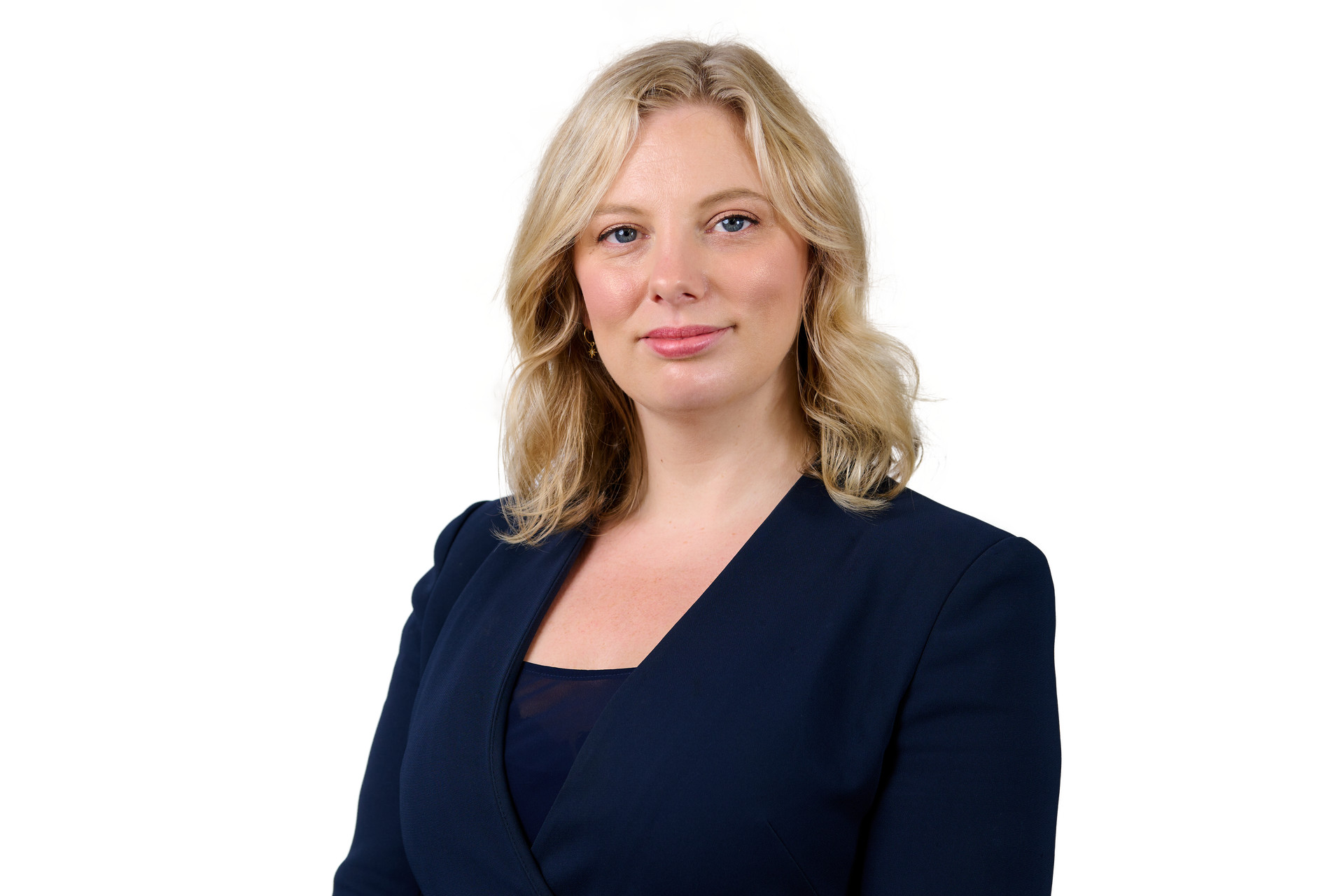Commercial Photography Pricing in Detail
These are the Factors that Affect Commercial Photography Pricing
Introduction to Commercial Photography Pricing
This commercial photography pricing article is for you if you’re a marketing or brand manager looking to drive interest in your product and services for commercial sale by harnessing the power of product photography but don’t know enough about it.
For Businesses that rely on e-commerce channels for traffic and customers, good content for their online marketing campaigns will include high-quality, professionally taken photos of their products and services.
Here, we’ll draw on over two decades’ worth of experience in the corporate and commercial sectors to break down the subject and point out things you should expect in terms of expected costs and possible additional cost overruns.
The goal is to arm you with sufficient knowledge about commercial photography pricing in general. At the end of this article, you’ll be in the best position to decide which service provider is best for your business when you finally put out that ad.
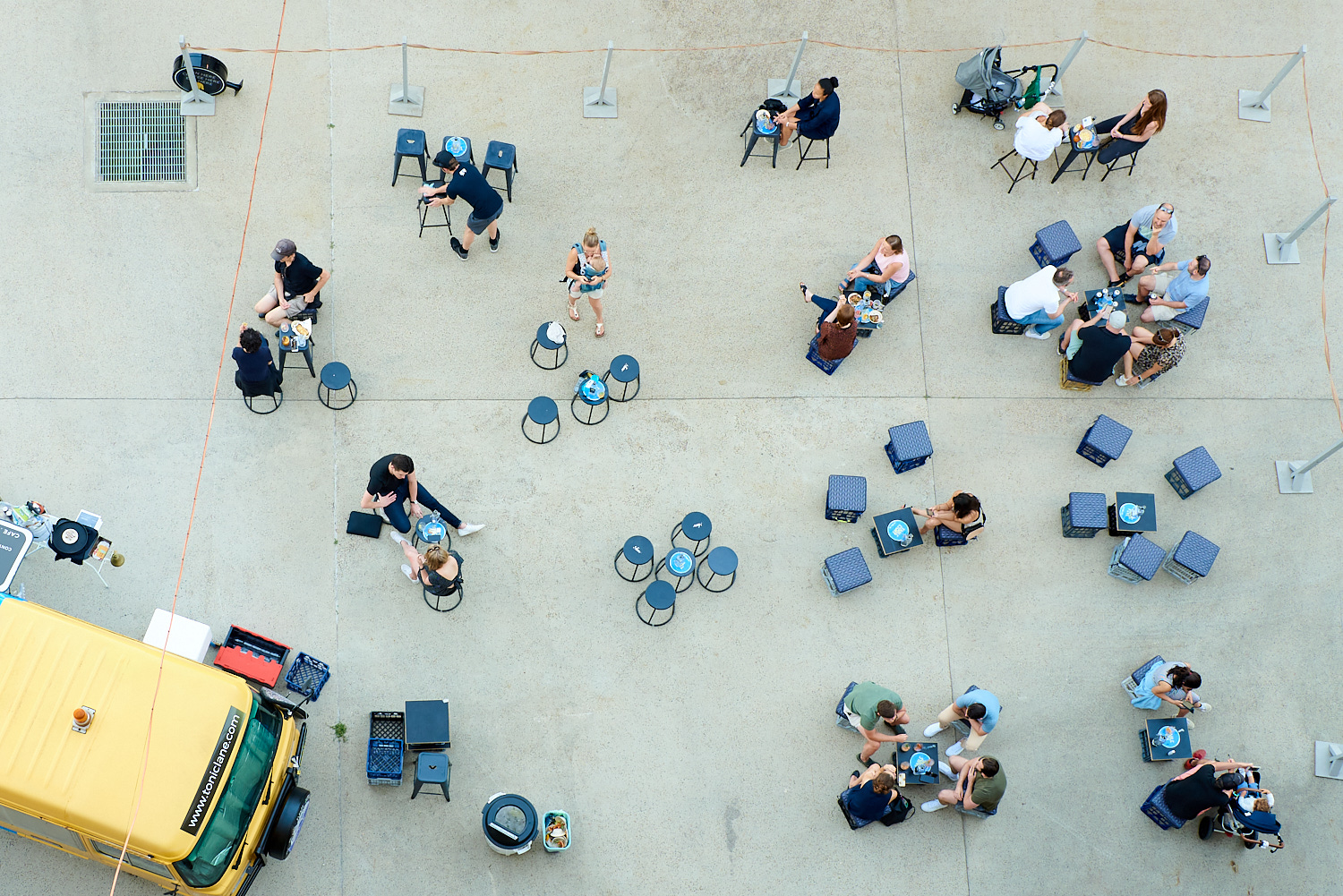
Nuances of Commercial Photography
The first thing to know about commercial photography is that it’s a bit more nuanced than portrait and general event photography packages, and pricing depends on several factors, including your image requirements, business, and products.
Your photography service provider’ options will generally come down to local independent photographers studios and full-service product photography agencies.
Whichever service you decide to go with, the photographer(s) will need information about the type of service you need and factor in their cost of doing business (along with other factors which we’ll describe later) before giving their quote.
Expect to answer a few questions such as:
- What equipment and creative input you would need
- Where the job will be done
- What you intend to use the photographs for, and
- Who or what will be included
- Do we need to hire Talent
- Scouting locations or inhouse
- Length of time the photos will be used for
- Third party use or not
- Number of finished photos
- Retouching photos
Commercial terminology explained
Depending on individual preferences, commercial photographers may refer to their fees as Day Rates, Creative Fees, or the more common Photography Fees. Some charge for their time (by the hour or day), some per image, while others bill per product. For a full description of photography pricing factors, check page out.
However, while the term “day rate” implies that photographers only work for a single day during a shoot, this could not be further from reality. Commercial photographers spend days preparing for a shoot and several more days processing the images after. Unsurprisingly, more and more photographers seem to be abandoning that term in favour of Creative Fee and Photography Fee.
Photography fee is a more commonly used term these days, and it covers the actual fee paid to the photographer for a job.
This term is close to the Day Rate in practice, the critical difference being that the Photography fee does not specify how long the engagement period is to last. The photography fee is commonly billed by the hour. It is useful when the professional photographer needs to identify and separate their fees (particularly licensing fees) and expenses to clients who do not necessarily want to pay for the complete package.
On the other hand, the creative fee rolls the photography fee (or day rate) and licensing fee (usage fee) into one payment.
When it’s challenging to qualify and quantify how much time is involved by either party. A Creative Fee makes the most sense, especially when licensing prices can’t always be quantified on a per-image or even catalogue basis. It’s better to combine them with the photography fee.
This is especially true for advertising photography pricing, where it’s typically easier to pitch an all-inclusive Creative Fee because Ad Agency art buyers are familiar with it.
Factors Affect Commercial Photography Rates and Pricing?
Commercial photography pricing differs from service provider to service provider and also from city to city. You may be faced with wildly fluctuating quotes in response to your ad, making you wonder why such diversity and potentially making the choice that bit harder. These are the factors that commercial photographers consider when sending out their proposals.
The Photographer’s pedigree and experience:
Photographers who have completed vast amounts of work and have worked with renowned brands in the past are likely to charge significantly higher than others who have not. To bring this into perspective, if photographers who are just starting (or who cannot boast much of a reputation) charge $1800 per day, more experienced photographers will charge two or three times that amount.
The shoot location:
Some marketing managers choose to move their products to the Photographer’s studio, especially if the Photographer has a large studio to house the subjects comfortably. This way, they can save the costs of transporting the Photographer and their equipment and assistants to chosen locations. Shooting in a studio is generally cheaper than shooting on-site since the Photographer includes transportation costs in their costs for the latter option.
The quality of the photos:
Photographers with expensive, cutting-edge equipment that produce better-quality photos tend to charge more for using this equipment. And since commercial photographs need to be good enough to appear on giant billboards, magazines, and posters, it’s not an area where you can afford to skimp.
How much pre-production time
the Photographer needs to put into the assignment. If your in-house capabilities are low, i.e., it’s just the marketing or brand manager. You will need a photographer who can help you project manage all the preliminaries. For the Photographer will allow in the proposal costs, on the other hand, your company will save a lot more but not having the extra headcount all year.
The number of assistants and crew required:
While you can reduce costs by insisting on only one (or no) assistant, that option may not be feasible for big photoshoots. If the photo shoot requires a big team, you will need to factor in the fees for the assistants in your budget. Smallest can be a team of one, whereas some large assignments can have 12 or more.
Level of Production:
Some location shoots may only need a simple set up with one or two lights, camera, tripod and a single laptop. Others may need a truck load of equipment and the 10 person crew to operate and direct the shoot. Clients budget plays a large part in determining the level of production the shoot will have. The other factor is where the photos will be used. If it’s just for social media then a simple setup for the production phase is all that’s needed.
Post Production requirements
Production requirements can have a significant impact on the shoot fees. Are the images to be sent to an external specialist Retoucher? Do any of the photos need compositing? Will you need graphic artists to finalize the images for your campaigns, for example?
Extra Costs for Preparation if Required
The extra costs you may need to factor into your budget for commercial photography projects revolve around moving your products to your service provider for the shoot and back to your business or warehouse on completion of the project. Depending on variables, the costs of performing the following actions may end up being required:
- Creating a list of products that need to be to be photographed
- Retrieving the items from inventory
- Getting the products ready for shipping to the service provider’s studio
- The delivery of products to the production studio of the service provider
- Sending the products back to your place of business from the service provider’s studio
- Repackaging the product after the photoshoot
- The products are returned to inventory
Depending on the complexity and scope of works the above may not even be a factor. Open and clear communications with your photographer of choice is recommended. Both parties investing the time is well worth it.
Read More
Corporate Event Photographers Sydney – Conference, Meetings, Galas & Trade Shows
Orlando Sydney2024-04-08T16:31:43+10:00
How Many Photos Do I Get for Event Photography?
Orlando Sydney2024-03-02T18:46:19+11:00
Your Executive Image: Photography for Leaders in Sydney
Orlando Sydney2024-03-22T19:10:13+11:00
Price List for Headshots – What’s it Cost – Package Rate Options
Orlando Sydney2024-03-08T10:53:02+11:00
Standard Photo Size Guide for Event Photography & Video
Orlando Sydney2024-01-16T11:33:01+11:00
Personal Branding Photography – Headshots for Entrepreneurs in Sydney
Orlando Sydney2024-01-11T14:32:31+11:00
Commercial Filming and Photography in NSW Government Precinct Applications
Place Management NSW supports the Local Government Filming Protocol for location filming in NSW and is responsible for issuing licence agreements for filming and photography activities. All requirements of the Protocol must be met before a licence is issued and the activity is approved.
Darling Harbour Commercial Photography
See this link https://www.darlingharbour.com/venue-hire/filming-and-photography
The Rocks Sydney
See this link https://www.therocks.com/venue-hire/filming-and-photography
Fees and Charges for Ultra Low Impact have $0.00 Fees
Less than 10 persons in the crew.
Film & Photography Application Here
City of Sydney area you must get permission before your shoot
To film or photograph on City of Sydney-owned or controlled land, you’ll need their permission.
A permit is typically needed for fashion magazine shoots, TV programs, commercials, B-roll, student film projects and major studio productions.
Ultra-low impact is described as;
- no more than 10 personnel will be on-site
- no more than 1 camera, 1 battery operated light, 1 tripod, 1 hand held reflector, sound and no infrastructure or large props included (no laptops permitted)
- no disruption is caused to the City’s stakeholders, retailers or motorists or other events in the vicinity of the activities
- activities are contained to footways or public open space areas only (no vehicular laneways)
- public safety is maintained at the locations at all times during the conduct of the activities
- There are no associated vehicles for the shoot.
Apply for Ultra LOW Permit here
Commercial Photography on Sydney Harbour Foreshore Areas
Low impact Commercial Use
The Sydney Harbour Foreshore Authority is who you need to make an application for Commercial filming and photography.
Classified as; Wedding ceremony, Venue hire – Filming and photography
Outdoor Venue Hire per Day from $500
Filming and Photography on Shoot Days $375
Multiple Application Forms here
Fees for Photography in National Parks (NSW example)
How Does National Parks Define Commercial Photography
“Commercial photography means any photographic activity, including nature, wildlife, wedding, portraiture, advertising and editorial photography, which is undertaken with the principal intention of creating images for commercial application.
Photography which is undertaken principally as a hobby or as a personal interest in not considered commercial photography and is not subject to fees and charges (other than normal fees, such as park entry fees, which generally apply to public use of the park or site). The occasional sale of an image by a photographer does not make the activity ‘commercial
photography’ provided that the image was derived from an activity which was undertaken as a hobby or personal interest.”
What are the minimums
Small scale
“Small scale means any photographic activity which involves a maximum of one photographer plus one assistant; requires only low level equipment use (i.e. backpackable equipment; single tripod); and uses no props or talent. This category includes most speculative and editorial work, and also includes most wedding photographers.”
What does it cost to do commercial photography in a National Park?
An Annual Photographic Licence costs $275
Plus sundry and application fees and charges
How To Price For Commercial Photography
As soon as a marketing manager provides details of a photo shoot (such as location, intended set up, participants, and purpose) to a commercial photographer, the commercial photographer would need to consider a few factors before providing an appropriate and beneficial quote. Some of the things they would need to put into consideration include:
1. Their Cost of Doing Business
Cost of doing business (also known as COB or CODB) refers to the sum total of expenses accrued by the Head Photographer, which they need to cover to break even and earn a decent living wage. A photographer’s cost of doing business usually varies from project to project, depending on the unique requirements of each project. Still, they would usually have a minimum amount as a baseline for most commercial photography projects. Some of the overhead costs that photographers need to account for include:
- Rent
- Insurance
- Domain
- Business debts
- Cost of goods
- Transport
- Professional fees
- Utilities
- Hosting
Other factors such as photography niche, business plan, and the photographer’s geographic location will also influence a photographer’s cost of doing business. For instance, photographers living and doing business in big cities (where prices are inevitably higher) are more likely to charge more than photographers in small towns in Australia. In Australia, commercial photography rates are similar in New South Wales, Queensland, and Victoria. If the photographer is located near the capital city Central Business District, their base costs can rise significantly.
2. What are Specific Job Costs in Commercial photography?
These are costs that the Photographer expects to incur during the project. These costs relate to specific clients and projects. They are agreed on by both parties (the client and the Photographer) before the commencement of the project. Some of these costs include;
- Transportation fees to specific shooting locations
- Hiring location
- Transit time
- Airfares
- Accommodation if needed
- Additional insurance if on government properties
- Paying fees to the local council or landholder
- Specific image processing fees
- Fees for specialist equipment
Both parties should identify these additional costs before the client accepts the estimate. However, a provision accounting for a higher price may be required to reimburse the Photographer for any other expenses incurred during the project. A written approval between the Photographer and the client should be in place for this offer.
3. Their License of Use Fees
The photo usage license is essential to clarify in commercial photography. Since the images are not created for personal enjoyment but commercial gain, license use fees are higher in commercial photography than for parties and events.
The cost that a client pays to utilize your photographs is known as usage fees. The terms’ license fees’ and ‘usage fees’ are equivalent. The client purchases a ‘license’ to ‘use’ the photos. When referring to the precise license they purchased, the term ‘usage license’ is also used. License costs can be seen as royalty payments. However, because we cannot track a photo in the same way that playing a song can, the customer pays in advance for the projected future consumption. Both the photographer and the client collaborate to figure out what that usage is or could be.
License rates are usually determined by factors such as:
- Length of use
- Location of use
- Type of usage
- Processing requests
- File adjustments
- How many times used
The rates can also be provided as one rate per license for the image or one rate per image. It’s advisable to distinguish the rates on any invoices and specify them in the legal contract accompanying the transaction.
How Product Photography Services Are Charged?
Earlier, we identified the three methods product photographers charge for their services as by the hour, per image, and product. Understanding how these three methods work will enable you to decide which is most suitable for your project and budget.
By the Hour or Day Rates Method
When commercial photographers charge daily, they use a flat rate per day for their services. This is a standard billing method.
This method may not necessarily make it the best option for you in every scenario. For one thing, you may end up piling up huge, unexpected costs, and for another, it’s challenging to budget for since it’s impossible to say how long it might take to capture your products.
Typically, product photographers charge per hour on projects where they find it challenging to estimate daily production because each product has unique, specialized image requirements.
To prevent uncertainty, whether hourly or a daily rate is best, spend time honing your picture needs to the point where a photographer knows the number of shots you need for each product. They’ll be able to price your project based on the goods or the image in this way.
Fees By Product Method
When a commercial photography project is charged this way, the service provider charges for every product they shoot. To break this down, this means that if the photographer charges a flat rate of $50 per product, and there are 100 products, the project’s total cost would be $5000.
The service provider may allow for an infinite number of pictures per product in ‘by the product’ projects. This method may offer a clear benefit for you, but it’s also why service providers avoid using this price structure because they could find up creating more photos than they anticipated.
Each product is limited by the number of images that will be captured. Photos that exceed that limit will be billed at an extra over rate. This safeguards the service provider if a client requests a large number of pictures for a single product. In addition, different tariffs will apply to different categories of products. If specific product categories pose challenges to photograph, this protects the service provider.
By the Image Method
Similar to charging by the product method, photographers charge for every photo they produce when they bill by the image.
A key difference here is, you get charged for every image of a product they produce instead of getting a flat rate for a product no matter how many images they produce for that product.
It’s no surprise that commercial photographers prefer this option to the former since it also matches their cost structure.
Nevertheless, this pricing option is fair to the client, making it the most commonly used commercial photography pricing option for simple, low-cost, high volume categories.
Additional Charges To Expect
Sometimes, commercial photographers need to adapt their service to fit with the unique requirements of your product. Other times, you may require specific extra effects for images of your products. To account for these, commercial photographers adapt their prices and include additional charges. You’ll need to plan for this, so it doesn’t come as a surprise. These are some additional charges you should consider having in your budget:
Product Weight
For the heavier products that require significant levels of human resources and effort lifting and setting up for shots, you should be prepared for extra fees if your product needs the photographer (and other people) to get involved in lifting it and positioning it. Or, if it requires special equipment to support its weight, the photographer may request an additional fee to cover their exertion and the extra time they spent getting the product ready for the shot.
Product Size
The size of your product is another basis for additional charges. Large-sized products may be awkward and difficult to handle and pose challenges when positioning them correctly for the shot. Most times, they would require special equipment too, such as more extensive camera stands and tables. For such products, there may be additional photography charges.
Product Layout
Sometimes, commercial photographers include the cost of laying out your product on the photography table in their initial estimates. However, when they do not, and your product ends up being challenging to layout, there may be additional charges. This can often manifest when shooting products with lots of mechanical parts that need to be arranged a certain way before we can capture the picture. Generally, if the product takes time to organize, there may be extra charges.
Product Prep
Similar to the previous point, if your product requires assembly or extensive cleaning before its picture can be taken, there may be additional charges. Sometimes, these preps may require the photographer or their assistant to get involved, and the activity may take up significant amounts of time. Here again, most commercial photographers factor in product prepping costs in their initial charges, but if they didn’t, you might have to pay extra.
Set Construction
Photographers sometimes can’t photograph some items well unless they’re exhibited in a specific environment. Some sets are simple, while others are complex. Home décor and furnishing items, such as a kitchen, bedroom, or bathroom set, are excellent examples of things that require sets. Building setups may take a long time, and photographing them takes considerably longer than putting items on a table.
One way to not need to build sets is to use existing premises such as a showroom or a home and pay short-term rental for its use. It can be more cost-effective than building some sets from scratch.
Product Styling
To maximize the product’s aesthetic appeal, certain products require extra creative input from the photographer. For instance, food products may need to be styled specifically to increase their appeal or even require special sprays to make them more visually appealing.
Clothes may need to be displayed on mannequins, ironed, or packaged in a special way. Product packaging may need to be arranged to get the most flattering angle. Product photographers include charges for this in their quotes, which will likely be higher than regular shoots.
Specialty Images
The photographer may need to alter their studio setup and employ specialized equipment to obtain specific image perspectives.
Because setting up for these photos takes time for the photographer, an extra fee may be necessary. Close-up photos of some aspects of your items, such as a connection, knob, switch, or location on the device that reveals a significant feature or function, are good illustrations of when these extra charges are needed.
The photographer will need to modify their lights, change lenses, and maybe add a ring flash to the camera for additional illumination for these close-up images.
Having a creative director is one way to reduce the photographer’s cost, but clients will need to factor in what a creative director will charge for their services.
Lifestyle Images
Photos that show a product while being used will often attract extra costs from commercial photographers. The reason is that they may need to create specific scenarios or settings for these products, which will require additional people or props. For instance, sports apparel looks better on people working out or participating in sporting events, and commercial photographers may need to recreate these scenarios.
The cost of lifestyle photography is determined by the number of individuals, sets, and situations necessary.
Lifestyle photography is also sometimes referred to as Editorial or Advertising photography.
Group Images
Perhaps you have a collection of goods you’d like to photograph together. To prepare for these pictures, the photographer must arrange and unpack many goods on the shooting table. Furthermore, group photos might take longer to capture than solo images. Group product photos can command considerably higher fees.
Conclusion
Commercial product photography, as earlier stated, is quite a bit more nuanced than traditional portrait or event photography.
Because of this, many marketers looking to increase the profile of their product and potentially attract more interest in them with professionally taken photographs regularly find themselves wondering exactly how and where to start.
If the above applies to you, you’ll find this article a handy resource. Reference it when required.
We’ve explored the subject in detail, explaining how commercial photography works, factors that affect product photography pricing, and how to price commercial photography. In addition, We’ve highlighted additional photography costs to prepare and budget for, including other miscellaneous expenses.
This detailed article has everything you need to know about commercial photography and its pricing.
Commercial & Advertising Content Hub for Further Reading
Sydney Interior Photography that Commands Attention
2024-03-27T14:50:48+11:00By Orlando Sydney|
Sydney Architecture Videography, Detail and Impactful
2024-03-27T14:54:46+11:00By Orlando Sydney|
What is Commercial Photography? Tips, Types, Examples and Importance
2024-01-14T11:21:07+11:00By Orlando Sydney|
Commercial Real Estate Property Photography in Sydney, Australia
2023-10-10T07:53:20+11:00By Orlando Sydney|
Tech Central Construction Project near Central Station in Sydney
2023-11-25T09:25:15+11:00By Orlando Sydney|
Industrial Construction Photography Sydney, Australia
2023-10-09T20:47:30+11:00By Orlando Sydney|
Commercial & Advertising Photographers in Sydney, Australia
2024-01-26T09:47:18+11:00By Orlando Sydney|
Sydney Architectural Photography: Highlight Your Architecture with Professional Shots
2024-03-27T15:10:25+11:00By Orlando Sydney|
Construction & Refurbishment Photographer Sydney, Australia
2024-04-17T16:20:05+10:00By Orlando Sydney|
Product Photography Pricing Factors
2023-09-03T09:45:11+10:00By Orlando Sydney|
Lifestyle Photography Sydney for Products and Services
2023-09-23T11:16:02+10:00By Orlando Sydney|
How to Photograph Sydney’s Architecture and Urban Landscape
2024-01-01T13:11:33+11:00By Orlando Sydney|
Benefits of Behind The Scenes Photo and Video for Businesses
2024-01-21T10:53:32+11:00By Orlando Sydney|
Commercial Photography Pricing, Detailed Guide
2023-07-19T10:51:08+10:00By Orlando Sydney|
How To Promote Your Business Using the Power of PR & Photography
2023-07-02T09:50:07+10:00By Orlando Sydney|
Commercial Photographer Brief, Example & Template
2023-09-23T11:14:55+10:00By Orlando Sydney|
Retail Store Photographer in Sydney, Your Competitive Advantage
2023-07-02T16:41:00+10:00By Orlando Sydney|
e-Commerce Product Photography Sydney, On Model
2024-02-01T16:30:34+11:00By Orlando Sydney|
